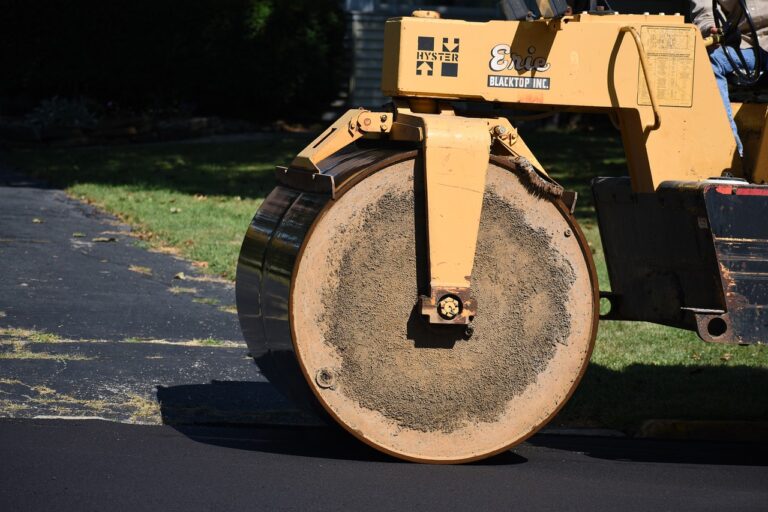The Adoption of LiDAR Technology in Autonomous Vehicles
LiDAR technology stands for Light Detection and Ranging. It is a remote sensing method that uses light in the form of a pulsed laser to measure variable distances to the Earth. By emitting laser pulses and measuring the time it takes for the light to return after hitting an object, LiDAR systems can create highly accurate 3D maps of the surrounding environment. The technology works on the principle of calculating the distance to an object by measuring the time it takes for the emitted laser pulse to bounce back to the sensor. This process allows LiDAR systems to generate detailed maps that showcase the topography and objects present in a particular area with remarkable precision.
Advantages of LiDAR Technology in Autonomous Vehicles
LiDAR technology offers unparalleled precision in mapping and sensing the vehicle’s surroundings, enabling autonomous vehicles to navigate safely through complex environments. By emitting laser pulses and measuring the time it takes for them to bounce back, LiDAR generates high-resolution 3D maps that allow autonomous vehicles to detect objects with remarkable accuracy. This real-time, detailed mapping capability enhances the vehicle’s awareness of its surroundings, enabling it to make rapid decisions to avoid obstacles and ensure passenger safety.
Additionally, the fast response time of LiDAR technology makes it a crucial component in autonomous driving systems, providing real-time data that can help vehicles adapt to changing road conditions instantaneously. The ability of LiDAR sensors to detect objects at long ranges and in various lighting conditions further enhances the vehicle’s safety and reliability, making it an indispensable tool for achieving fully autonomous driving. The advantages of LiDAR technology in autonomous vehicles extend beyond navigation, playing a vital role in revolutionizing the future of transportation through its unparalleled precision and efficiency.
Challenges and Limitations of Implementing LiDAR in Autonomous Vehicles
One of the challenges in implementing LiDAR technology in autonomous vehicles is the high cost associated with the sensors. LiDAR sensors can be quite expensive, which can significantly increase the overall cost of producing autonomous vehicles. This cost factor has been a major concern for automakers looking to incorporate LiDAR into their self-driving cars, as it may make the vehicles less affordable for consumers.
Another limitation of LiDAR technology in autonomous vehicles is its susceptibility to environmental conditions. Factors such as fog, rain, or snow can affect the accuracy and performance of LiDAR sensors, potentially leading to safety concerns in autonomous driving scenarios. Ensuring that LiDAR technology can reliably function in various weather conditions remains a significant obstacle for the widespread adoption of autonomous vehicles equipped with LiDAR sensors.
What is LiDAR technology?
LiDAR, which stands for Light Detection and Ranging, is a remote sensing method that uses light in the form of a pulsed laser to measure variable distances to the Earth.
How does LiDAR technology work in autonomous vehicles?
In autonomous vehicles, LiDAR sensors emit laser beams that bounce off surrounding objects and return to the sensor. By measuring the time it takes for the laser beams to return, the sensor can create a detailed 3D map of the vehicle’s surroundings.
What are the advantages of using LiDAR technology in autonomous vehicles?
Some advantages of LiDAR technology in autonomous vehicles include its ability to provide highly accurate and detailed 3D mapping of the environment, its effectiveness in various lighting and weather conditions, and its ability to detect obstacles at long ranges.
What are some challenges and limitations of implementing LiDAR in autonomous vehicles?
Some challenges and limitations of implementing LiDAR in autonomous vehicles include high cost, limited range in certain weather conditions like heavy rain or fog, and the need for frequent calibration and maintenance. Additionally, the size and aesthetics of LiDAR sensors can also be a challenge in vehicle design.







